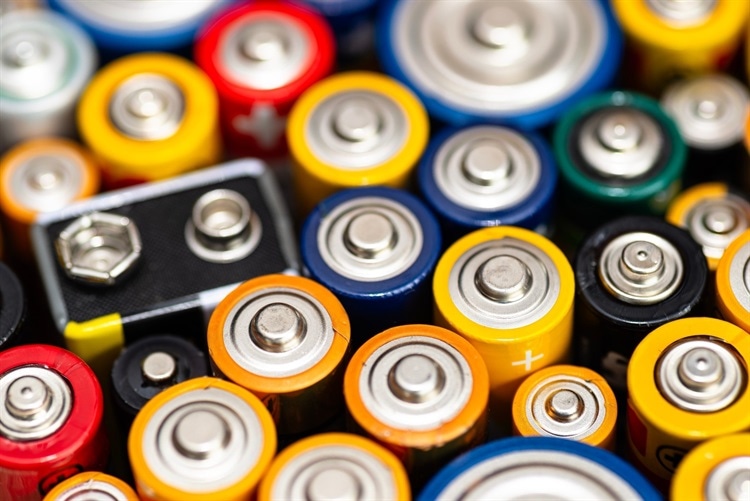Optimizing Cathode Microstructure for High-Performance Lithium-Sulfur Batteries
A groundbreaking study published in Advanced Energy has demonstrated that fine-tuning cathode microstructure is pivotal for improving sulfur redox kinetics in lithium-sulfur (Li-S) batteries. By leveraging a spray-drying method to craft sulfur-carbon composites with precisely controlled particle morphology, researchers have achieved enhanced electrochemical performance under high sulfur loading and lean electrolyte conditions.

The Promise of Lithium-Sulfur Technology
Lithium-sulfur batteries hold the potential to surpass traditional lithium-ion batteries thanks to their exceptionally high theoretical energy density of over 500 Wh kg-1. This is due to sulfur’s high specific capacity and natural abundance. Yet commercialization has been hampered by challenges like polysulfide shuttling, poor cycle life, and cathode degradation.
Microstructure: The Key to Unlocking Potential
To address these challenges, scientists developed spherical ketjenblack/sulfur (SD-KB/S) composites using a scalable spray-drying process. This innovative technique yielded particles with uniform sulfur distribution and improved structural integrity. Advanced characterization methods such as SEM, XRD, and AFM confirmed reduced cracking and enhanced pore filling, translating to superior conductivity and mechanical stability.
Superior Electrochemical Performance
When tested, the SD-KB/S cathodes delivered significantly improved cycling stability and Coulombic efficiency. At a sulfur loading of 4 mg cm-2, cells maintained 768 mAh g-1 after 100 cycles with a Coulombic efficiency of 97.1%. These results mark a major improvement over conventional composites, which suffered rapid capacity decay.
Notably, the process allows integration of catalysts such as Co9S8 to further enhance sulfur redox kinetics, paving the way for multifunctional electrode architectures suitable for large-scale production.
“Optimizing cathode microstructure is critical for advancing lithium-sulfur battery technology, making high-performance and scalable energy storage systems a reality.”
— Advanced Energy Materials (2025)
Read the original article here: https://www.azom.com/news.aspx?newsID=64724
Sponsored by PWmat (Lonxun Quantum) – a leading developer of GPU-accelerated materials simulation software for cutting-edge quantum, energy, and semiconductor research. Learn more about our solutions at: https://www.pwmat.com/en
📘 Download our latest company brochure to explore our software features, capabilities, and success stories: PWmat PDF Brochure
📞 Phone: +86 400-618-6006
📧 Email: support@pwmat.com
#LithiumSulfurBatteries #EnergyStorage #CathodeDesign #MaterialsScience #BatteryTechnology #QuantumServerNetworks #SustainableEnergy #PWmat

Comments
Post a Comment